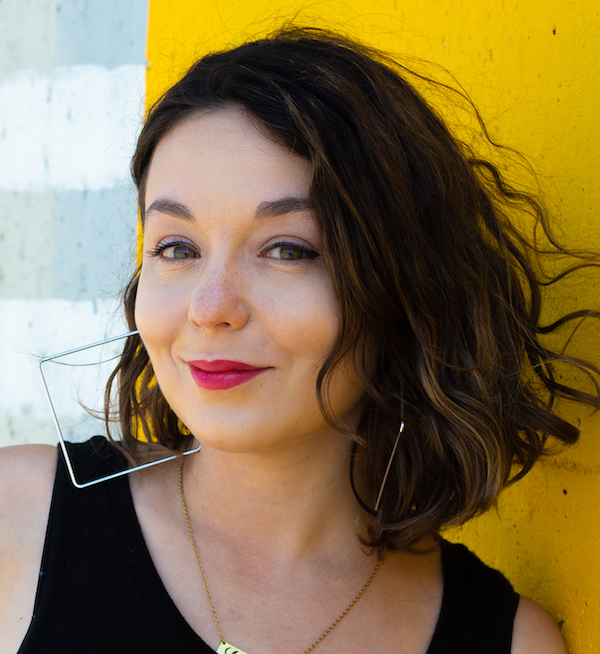
- Details
- By Elyse Wild
President Donald Trump today visited a temporary migrant detention center in South Florida that is drawing ire from tribes in the state and beyond.
The 3,000-bed facility, made up of heavy-duty tents, trailers and non-permanent buildings, is under construction near a Miami-Dade County-owned air strip in the Big Cypress region of Florida, on a 30-square-mile area adjacent to 19 traditional Miccosukee and Seminole villages. The land is considered a sacred homeland to both tribes and is located within the Big Cyprus National Preserve.
The detention center has been touted as the ideal place to hold migrants for the surrounding Everglades and has been dubbed “Alligator Alcatraz.”
"I looked outside and that's not a place I want to go hiking anytime soon," Trump said during today’s visit,, according to Reuters. "We're surrounded by miles of treacherous swampland and the only way out is really deportation."
“This 30-square-mile area is completely surrounded by the Everglades. It presents an efficient, low-cost opportunity to build a temporary detention facility because you don’t need to invest that much in the perimeter,” Florida Attorney General Jaamses Uthmeier said in a video posted on X. “If people get out, there’s not much waiting for them other than alligators and pythons.”
Native leaders are pushing back and condemning the construction of the center, pointing to officials dismissing the land’s cultural significance to the Native people who have occupied the region for generations.
“Rather than Miccosukee homelands being an uninhabited wasteland for alligators and pythons, as some have suggested, the Big Cypress is the Tribe’s traditional homelands,” Miccosukee Tribal Chairman Talbert Cypress said in a statement. “The landscape has protected the Miccosukee and Seminole people for generations.”
The Miccosukee Nation and Seminole Tribe migrated from modern-day Georgia and Alabama to South Florida in the 1800s. In the mid-19th century, the Federal government forcibly removed most of the Seneca Nation to what is now Oklahoma. The Seminole Nation of Florida comprises approximately 4,000 tribal citizens and has a checkerboard reservation, spanning six sections of land across southern Florida, totaling 140 square miles. The Miccosukee Nation, comprising approximately 600 citizens, is comprised of three distinct sections of land that cover a total of 130 square miles.
Last week, Seminole Nation of Oklahoma Chief Lewis J. Johnson released a statement in support of the Seminole Tribe of Florida.
“For generations, the land of Big Cypruss has been a place of refuge, survival and continuity for the Miccosukee and Seminole people,” Lewis wrote. “It has shielded their ancestors in times of forced removal and remains a stronghold of traditional life, where people hunt, fish, pray, and gather in accordance with natural law and spiritual balance. It is sacred ground that has witnessed centuries of resistance and resilience.”
Environmental group Friends of the Everglades filed a federal lawsuit on Friday to halt construction of the site and protect the area’s ecosystem and wildlife. Billions of dollars of state and federal funds have been poured into restoring and preserving the Everglades — an effort that the temporary migration center jeopardizes, according to advocates.
On June 30, Florida Governor Ron DeSantis refuted the lawsuit’s claims, saying the facility would have “zero impact” on the environment.
The detention center is estimated to cost $450 million to operate for one year. Construction at the site has drawn protesters representing both Tribal and environmental concerns.
Miccosukee citizen and environmental activist Betty Osceola told CNN that the state’s disregard for Native residents of the area is upsetting.
“I was particularly upset when they said, ‘Nobody lives out here, it’s not going to inconvenience anybody,’” she said. “What about me? What about the tribe?”
More Stories Like This
Native News Weekly (August 25, 2024): D.C. BriefsUS Presidents in Their Own Words Concerning American Indians
Indigenous Actor Elaine Miles Reports Detention by Alleged ICE Agents
Happy Thanksgiving from Native News Online
Coming Up on Native Bidaské: Behind the Animation: Joey Clift Talks “Pow” and Native Storytelling
Help us tell the stories that could save Native languages and food traditions
At a critical moment for Indian Country, Native News Online is embarking on our most ambitious reporting project yet: "Cultivating Culture," a three-year investigation into two forces shaping Native community survival—food sovereignty and language revitalization.
The devastating impact of COVID-19 accelerated the loss of Native elders and with them, irreplaceable cultural knowledge. Yet across tribal communities, innovative leaders are fighting back, reclaiming traditional food systems and breathing new life into Native languages. These aren't just cultural preservation efforts—they're powerful pathways to community health, healing, and resilience.
Our dedicated reporting team will spend three years documenting these stories through on-the-ground reporting in 18 tribal communities, producing over 200 in-depth stories, 18 podcast episodes, and multimedia content that amplifies Indigenous voices. We'll show policymakers, funders, and allies how cultural restoration directly impacts physical and mental wellness while celebrating successful models of sovereignty and self-determination.
This isn't corporate media parachuting into Indian Country for a quick story. This is sustained, relationship-based journalism by Native reporters who understand these communities. It's "Warrior Journalism"—fearless reporting that serves the 5.5 million readers who depend on us for news that mainstream media often ignores.
We need your help right now. While we've secured partial funding, we're still $450,000 short of our three-year budget. Our immediate goal is $25,000 this month to keep this critical work moving forward—funding reporter salaries, travel to remote communities, photography, and the deep reporting these stories deserve.
Every dollar directly supports Indigenous journalists telling Indigenous stories. Whether it's $5 or $50, your contribution ensures these vital narratives of resilience, innovation, and hope don't disappear into silence.
 The stakes couldn't be higher. Native languages are being lost at an alarming rate. Food insecurity plagues many tribal communities. But solutions are emerging, and these stories need to be told.
The stakes couldn't be higher. Native languages are being lost at an alarming rate. Food insecurity plagues many tribal communities. But solutions are emerging, and these stories need to be told.
Support independent Native journalism. Fund the stories that matter.
Levi Rickert (Potawatomi), Editor & Publisher

